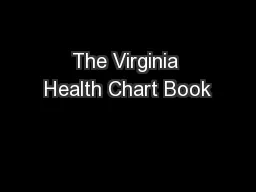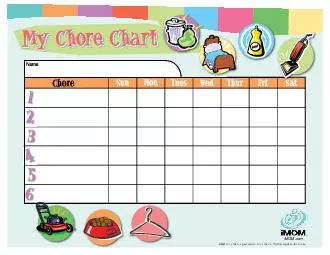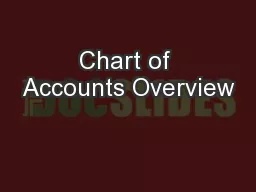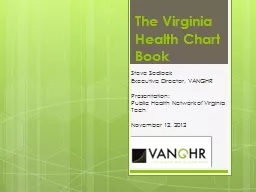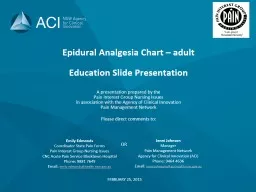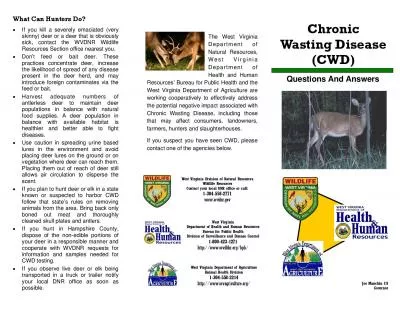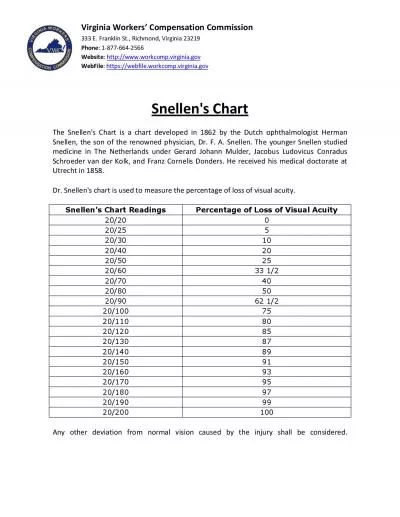PPT-The Virginia Health Chart Book
Author : briana-ranney | Published Date : 2017-04-04
Steve Sedlock Executive Director VANGHR Presentation Public Health Network of Virginia Tech November 12 2012 Please Mute Your Phone to Minimize Background Noise
Presentation Embed Code
Download Presentation
Download Presentation The PPT/PDF document "The Virginia Health Chart Book" is the property of its rightful owner. Permission is granted to download and print the materials on this website for personal, non-commercial use only, and to display it on your personal computer provided you do not modify the materials and that you retain all copyright notices contained in the materials. By downloading content from our website, you accept the terms of this agreement.
The Virginia Health Chart Book: Transcript
Download Rules Of Document
"The Virginia Health Chart Book"The content belongs to its owner. You may download and print it for personal use, without modification, and keep all copyright notices. By downloading, you agree to these terms.
Related Documents

